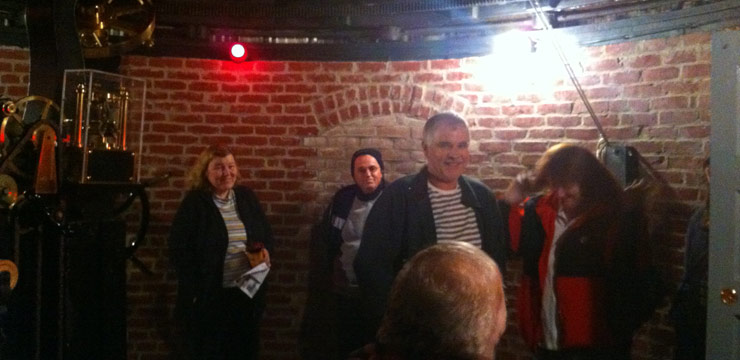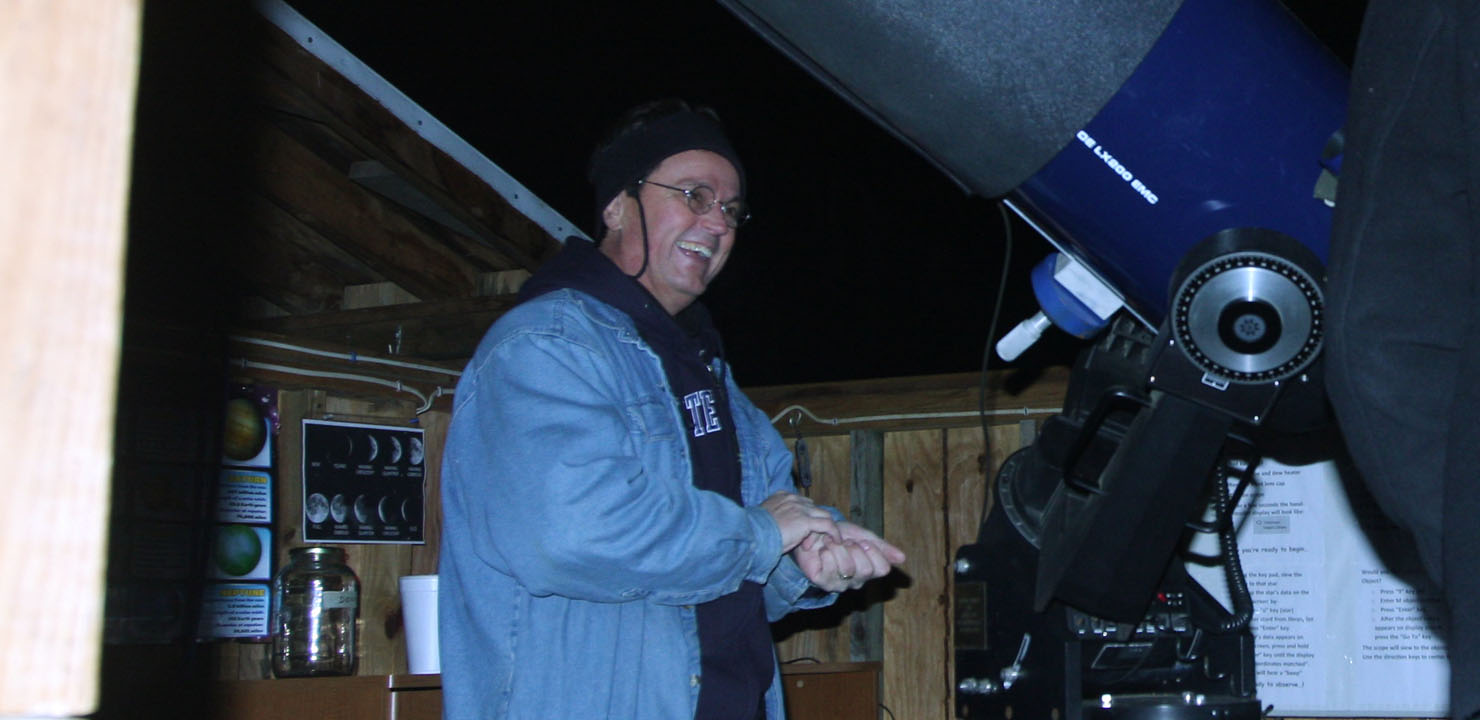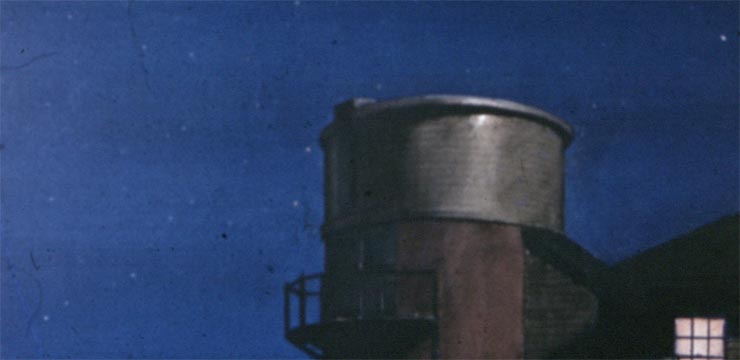November 2012
The Quantum Mechanics of Global Warming
Brad MarstonQuantum mechanics plays a crucial role in determining the Earth’s climate. Richard Feynman’s famous double slit experiment gives us the key to understanding climate. In tonight's talk Professor Marston will use this understanding to present a simple physical picture of what will happen to the Earth as the concentrations of greenhouse gases such as carbon dioxide continue to increase.
Professor Marston joined the Brown Physics Department in 1991. A graduate of Caltech, he received his Ph.D. from Princeton University in 1989. He has done postdoctoral work at Cornell University and was a visiting scientist at the Institute for Theoretical Physics at UC Santa Barbara. Prof. Marston is an Alfred P. Sloan Fellow and a recipient of a National Young Investigator Award from the National Science Foundation. In 2008, he was designated a NSF American Competitiveness and Innovation Fellow, with the citation: “For his transformational interdisciplinary research harnessing the methods of theoretical condensed matter physics to attack climate modeling and the exceptional interdisciplinary educational opportunities that derive for the mentoring of his students.” Professor Marston is extremely well received by Brown students because he “gives excellent lectures while expressing great enthusiasm and interest.”
Professor Marston enjoys hiking, camping, and daily yoga practice. He lives with his wife and daughter in Rhode Island where the bay, islands, and garden rocks that they dig up each year point to the fact that 20,000 years ago New England was buried under a mile of ice.


Seagrave Public Open Night



Portsmouth Middle School star party






